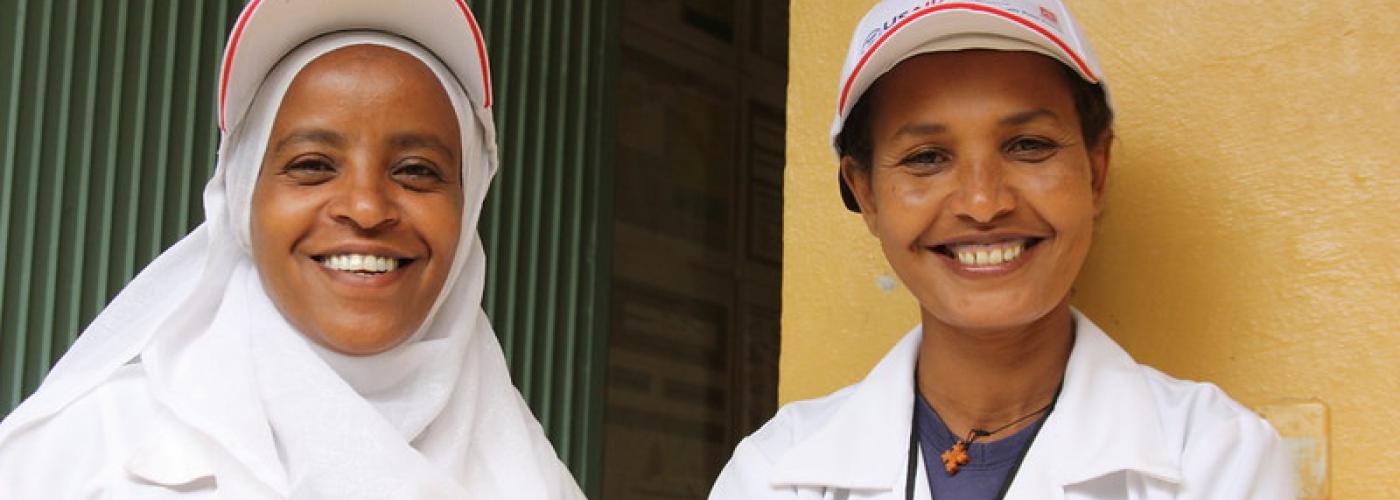USAID Official
Considerations for USAID Mission Staff for Programmatic COVID-19 Preparedness and Response: Digital Technologies and Data Systems
Image

This post introduces a resource from USAID.
Information is critical to fighting the spread of COVID-19. Responders and decision-makers need detailed and timely data about the disease’s spread. Health workers and communities need access to truthful information to protect themselves and their loved ones. However, responding to a public health emergency requires a multitude of actors from not only health and development institutions but also emergency response and humanitarian organizations, and can attract an influx of funding and new partners both at the local and international level. Each of these actors bring their own ways of collecting, sharing, and using data, and many of them bring new technology. Not all are familiar with each other. Nearly all require mobile or internet connectivity.
This was apparent during the 2014 Ebola outbreak in West Africa — the underlying technical, institutional, and human systems and processes required to gather, analyze, and use data were not robust enough to support a timely response.
We have learned a lot since then: Ensuring that country governments are in the driver’s seat from the beginning, advancing a locally-led and whole-of-government approach, and coordinating all related initiatives; establishing data protocols, reusing existing digital tools, and working with the private sector are essential. We must look for ways that technology can amplify local efforts, not usurp them.
This post shares some steps that you can take today and this week to increase institutional readiness to prevent, detect, and respond to COVID-19, and its effects. Given the importance of information to the response, recommendations focus on data and digital technologies. Most items do not require contract modifications, and rather can prepare Missions and their partners to develop a plan to respond that’s grounded in the local context.

